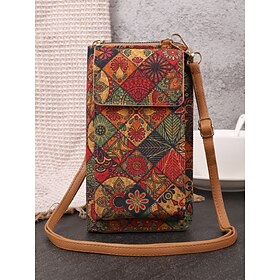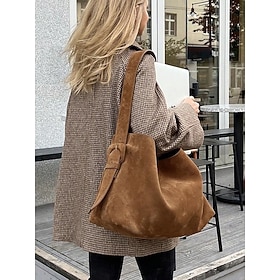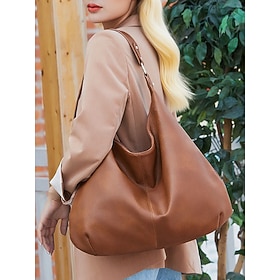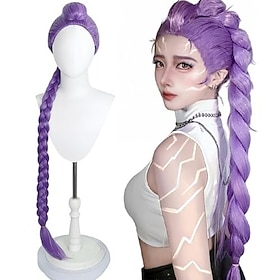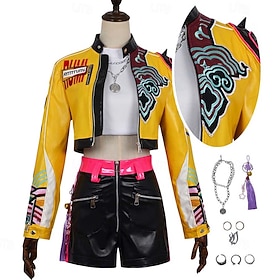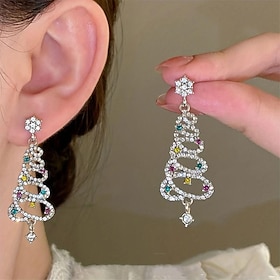A brief overview
Private Rooms to Public Eyes
Under the blinding camera flashes and front-row A-listers, the runway has been intimate. In 1858, Charles Frederick Worth, himself dubbed the father of haute couture, started showing his fashions not on mannequins but on real women he referred to as mannequins de mode. Those initial fashion shows occurred against the feudal salons of Paris, and there, in front of appointed viewers, customers bought made-to-measure pieces that fit specifically to their measurements.
Other couture establishments, such as Paquin and Poiret, did the same in the early 1900s. Paul Poiret, himself, made a presentation and a performance. He incorporated music, movement, and temperament into his displays, prefiguring what was to come: the present-day catwalk.
Paris to the Globe: The Ascendancy of Fashion Shows
During the 1920s and 1930s, fashion shows started to take the form as we know it. Models paraded in a linear fashion through salons while viewers sat and observed. Paris was still the hub, but the 1940s, following World War II, saw New York and London begin to mount shows.
One historic moment was when publicist Eleanor Lambert initiated the first “Press Week” in New York in 1943 to advocate for American designers who could not travel to Paris amid the war. It graduated to what we have come to know as New York Fashion Week, which saw the global image of the catwalk.
With the Museum at FIT, “The runway became not just a showcase of clothes, but a platform of cultural storytelling.”
The Golden Era of the Catwalk – Evolution of the Runway
It was the decade of theater and fantasy in the 1980s and 1990s. Runway shows became dramatic extravaganzas as designers such as Gianni Versace, Thierry Mugler, and Jean Paul Gaultier staged fashion extravaganzas. Celebrities, out of models, names such as Naomi Campbell, Linda Evangelista, and Cindy Crawford redefined glamour.
View this post on Instagram
These shows weren’t just about clothes; they became productions that reflected the excess and arrogance of the period.
Television and high-gloss magazines made fashion shows accessible to viewers who had never witnessed haute couture. Catwalk became not only a stage but a pipe dream, casting dreams and artistry to every corner of the globe.
The Digital Catwalk: When Tech Stepped onto the Stage
The 21st century revolutionized everything. Runway evolution transformed once more as tech became a topic of discussion. Livestreams, drone coverage, and 3D displays merged fashion and digital art together. With the COVID-19 pandemic, digital shows became the norm. Luxury brands such as Balmain, Prada, and Dior tried cinematic narrating and virtual reality to connect to international audiences online.
In 2022, Coperni’s glass robe momentous worn by Bella Hadid, was emblematic of that new hybrid reality, a hybrid of performance, innovating, and viral spectacle. Style no longer required a real audience; it required intimacy.
From Runway to Feed: The Age of Instagram
Now, there’s a runway everywhere. Instagram Live, TikTok streaming, and immersive metaverse shows have made catwalks democratic.
Designers such as Diesel and Balenciaga experiment to the extreme by fusing real and computer-generated worlds, and houses such as Valentino and Chanel still bow to tradition by leaving live audiences at the epicenter of the display.
It says, in Vogue Business, that “Runway shows are no longer linear, they’re ecosystems of storytelling where fashion, art, and audience converge in real time.” Runway evolution teaches that fashion has evolved from something to be seen to something to be felt, captured, and shared.
A Mirror of Time From candle-lit salons to AI-filtered streams, each age of the runway repeats the society that produced it. What once was a discreet transaction between couturier and customer has become a global tale of invention, machinery, and persona. The catwalk has never ceased to evolve since fashion has never ceased to mirror us. Its next makeover wouldn’t be based on who’s walking but how we perceive.










